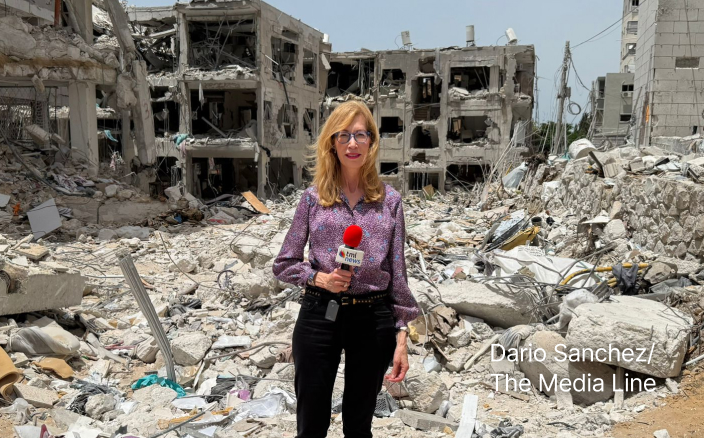Indian External Affairs Minister Dr. Subrahmanyam Jaishankar’s recent visit to Laos accentuated the persistent significance of the Association of Southeast Asian Nations (ASEAN) in India’s Look East policy. ASEAN is a political and economic coalition comprising 10 Southeast Asian countries—Indonesia, Malaysia, the Philippines, Singapore, Thailand, Brunei, Vietnam, Laos, Myanmar, and Cambodia. For over a decade, India has concentrated on broadening its political, economic, and security cooperation with ASEAN states, underscoring it as a top-priority objective for New Delhi. This year notably commemorates a decade of India’s Act East policy, an initiative declared by Prime Minister Narendra Modi at the Ninth East Asia Summit in 2014. Prior to that, outreach to Southeast Asia was called Look East. Enhancing relationships with ASEAN states remains crucial for India as it endeavors to elevate its influence in the region. India, as a major economy, has heightened its emphasis on collaborating closely with Southeast Asia. In India’s view, ASEAN’s centrality is fundamental to a free, open, inclusive, peaceful, and prosperous Indo-Pacific, aligned with a rules-based international order. A resilient and unified ASEAN is believed by India to be pivotal in shaping the emerging Indo-Pacific regional framework. The India-ASEAN relationship, spanning over thirty years, has witnessed ups and downs. Currently, there are over 30 dialogue mechanisms—summits, ministerial meetings, senior officials meetings, and expert-level meetings—covering various aspects between India and ASEAN states. In 2017, Prime Minister Modi extended an invitation to the leaders of all 10 ASEAN nations to participate in India’s Republic Day celebrations. The annual event, showcasing India’s military capabilities and cultural diversity, is typically attended by representatives from countries significant to India’s diplomatic endeavors. Strengthening bilateral ties with individual ASEAN countries has also been a key facet of India’s strategy. This focus was evident during Vietnamese Prime Minister Phạm Minh Chính visit to India this week. During Chính’s state visit earlier this month, discussions with Prime Minister Modi and business leaders centered on advancing economic and defense cooperation. India proposed a $300 billion credit line to Vietnam for constructing patrol boats and coast guard vessels, and both countries agreed to prioritize defense industrial cooperation. Modi and Chính inaugurated the Vietnam Army Software Park, an Indian-assisted institution aimed at training Vietnamese soldiers in digital skills. This initiative builds on previous defense collaborations, such as India’s donation of the Kirpan naval ship to Vietnam last year and the delivery of 12 high-speed patrol boats in 2022. India’s deepening engagement in Southeast Asia includes increased defense collaboration. This year, India initiated the export of BrahMos medium-range ramjet supersonic cruise missiles to the Philippines under a $375 million deal signed in 2022. The missile, developed by BrahMos Aerospace Limited—an Indo-Russian joint venture—will be integrated into the Philippine Marine Corps’ Coastal Defense Regiment. Southeast Asia is a strategic region for India’s defense exports. India is prepared to supply various missile systems, light combat aircraft, helicopters, warships, and electronic warfare systems to countries in the Indian Ocean basin. Concurrently, India has conducted naval exercises and provided training to several Southeast Asian nations. Undoubtedly, Southeast Asia is becoming increasingly significant as India seeks to fortify its stance on broader global issues. While the Indian Ocean remains within India’s central sphere of influence, Southeast Asia is perceived as its extended neighborhood. In this context, India is planning to review the ASEAN-India Trade in Goods Agreement (AITIGA), which underscores the evolving and improving India-ASEAN relations and is poised for further enhancement in the future. —Zikru Al-Rahman (translated by Asaf Zilberfarb)
Give the gift of hope
We practice what we preach:
accurate, fearless journalism. But we can't do it alone.
- On the ground in Gaza, Syria, Israel, Egypt, Pakistan, and more
- Our program trained more than 100 journalists
- Calling out fake news and reporting real facts
- On the ground in Gaza, Syria, Israel, Egypt, Pakistan, and more
- Our program trained more than 100 journalists
- Calling out fake news and reporting real facts
Join us.
Support The Media Line. Save democracy.

